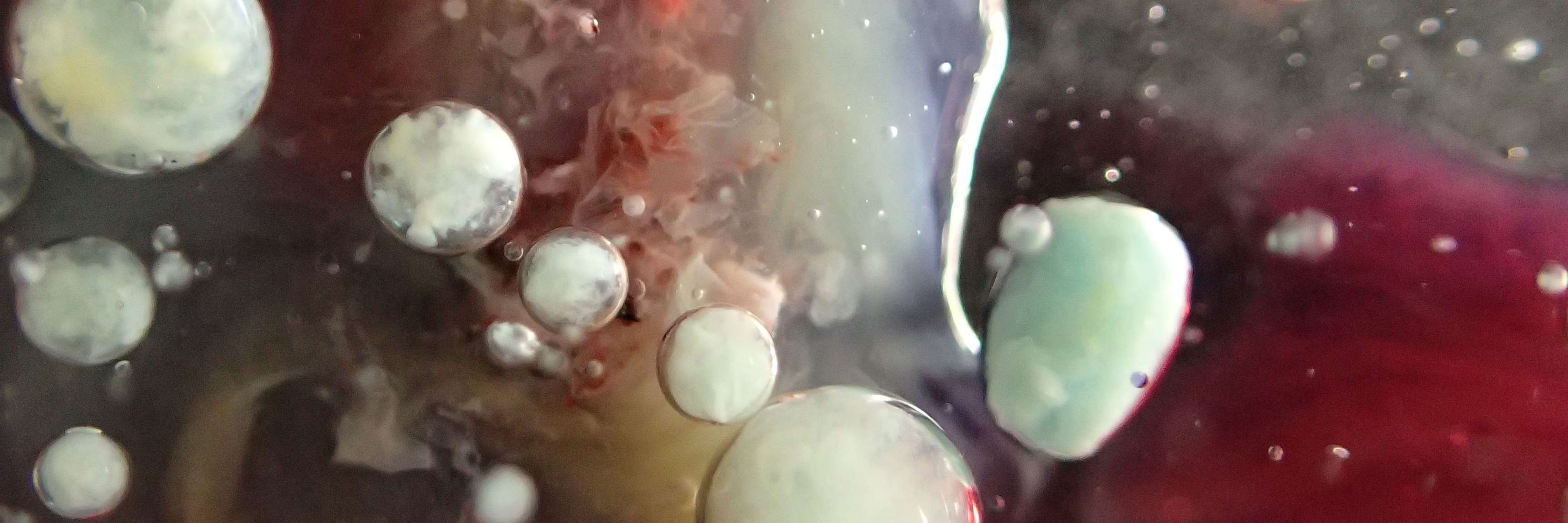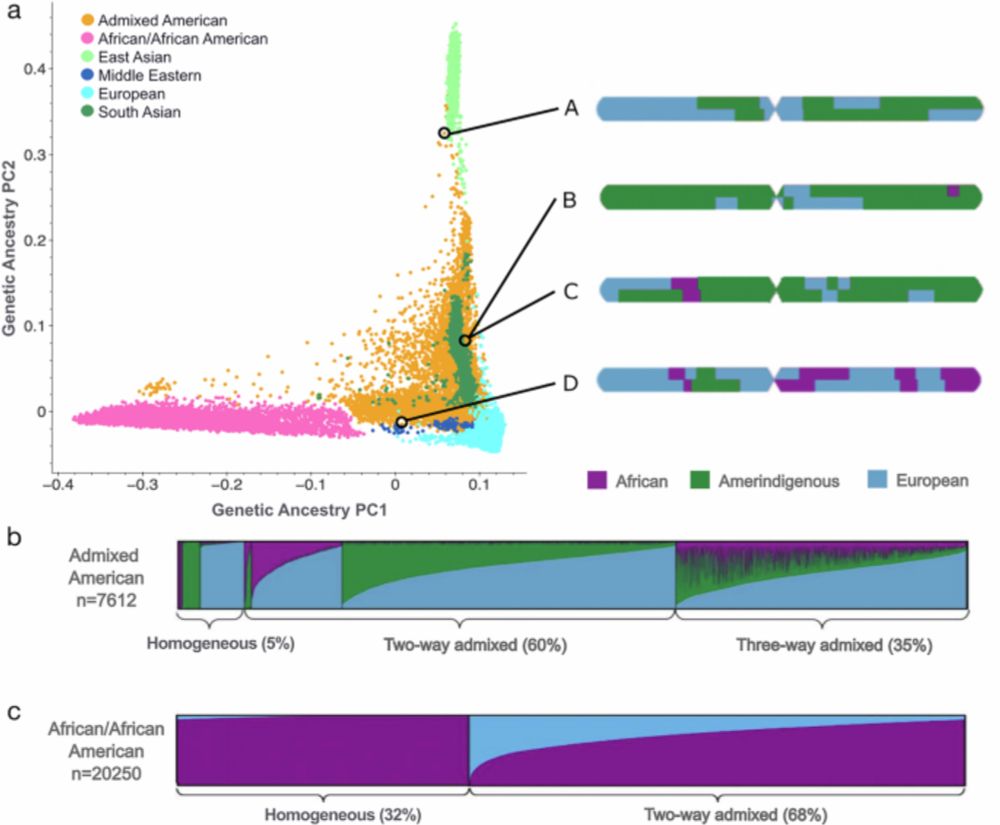Steven Boeynaems
@boeynaemssteven.bsky.social
510 followers
250 following
33 posts
Assistant Professor at Baylor College of Medicine and Texas Children's Hospital. Houston, TX
Science: disorder, condensates, repeats, cell stress, neurodegeneration, drug discovery, synbio Non-science: art, fashion, cooking
www.boeynaemslab.org
Posts
Media
Videos
Starter Packs
Reposted by Steven Boeynaems
Reposted by Steven Boeynaems
Reposted by Steven Boeynaems
Reposted by Steven Boeynaems
Reposted by Steven Boeynaems
Reposted by Steven Boeynaems
Reposted by Steven Boeynaems
Dan Bose
@danbose.bsky.social
· Jun 6

CBP-IDRs regulate acetylation and gene expression.
Intrinsically disordered regions (IDRs) have emerged as crucial regulators of protein function, allowing proteins to sense and respond to their environment. Creb binding protein (CBP) and EP300 (p300)...
tinyurl.com
Reposted by Steven Boeynaems
Reposted by Steven Boeynaems
Reposted by Steven Boeynaems
Reposted by Steven Boeynaems
Reposted by Steven Boeynaems
Ákos T Kovács
@evolvedbiofilm.bsky.social
· Sep 14

Long-term monitoring of a North American cheese cave reveals mechanisms and consequences of fungal adaptation
Using a unique longitudinal sampling approach, Louw et al. demonstrate how a cheese-associated
Penicillium population has adapted in an artisan cheese production facility in Vermont,
USA. Adaptation i...
www.cell.com
Reposted by Steven Boeynaems
Reposted by Steven Boeynaems
Reposted by Steven Boeynaems





















